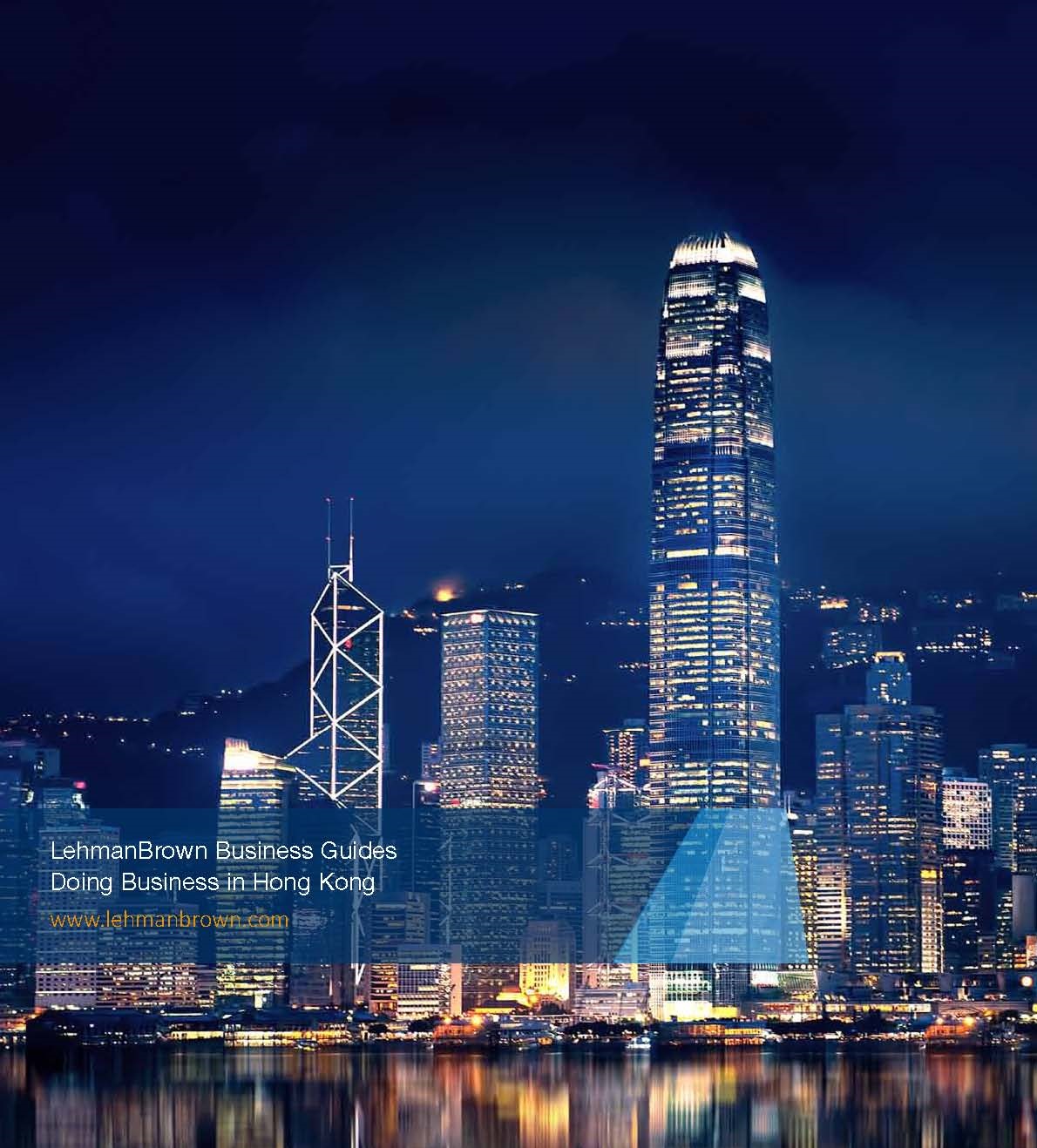|
Doing Business in Hong Kong
Doing Business in Hong Kong Hong Kong Business Climate and History In 1842, the port of Hong Kong was ceded to the British as part of the Treaty of Nanking. During this time period, Hong Kong’s main industries were shipping, banking as well as merchant companies. However, industries began to diversify to meet the growing needs of the local inhabitants. These growing industries included, retail and commercial services, but also shipbuilding and maintenance due to the presence of the British Navy stationed at the port. In keeping up with the needs of the inhabitants of the port city, there was an industrial expansion that took place in the 19th century. The main industries that took place were: sugar refining, cement manufacturing, ice factories, as well as smaller-scale workshop manufacturers. Thus began the industrial and manufacturing section of Hong Kong’s history. Between the fall of the dynastic system in 1911, and the effects of WWII, Hong Kong was deeply affected by the economic difficulties in Mainland China. After WWII, Hong Kong also suffered from poor foreign trade relations as well as poor trade with Mainland China. However, one positive that came from the economic troubles of the mainland is that investors began to pull their money out of Shanghai and other such hubs and move it to the relatively safer and more stable British colonial port of Hong Kong. Beginning in 1945, an influx of refugees and entrepreneurs escaping the mainland civil uncertainty accelerated the industrialization of Hong Kong. These immigrants created many different industries within Hong Kong, for example, immigrants from Shanghai created the cotton spinning industry in Hong Kong. The main industry that was founded in Hong Kong during this time period was the textile industry due to the influence of Mainland Chinese.
In 1949, with the formation of the People’s Republic of China (“PRC”), China began the process of isolation from the international economy. This was in part because of ideological reasons due to its communist nature, as well as embargos from the United States as well as the United Nations. During this time period, Hong Kong was an important connection between Mainland China and the rest of the World, in terms of its role as a financial hub. Also, by importing food and water from China, Hong Kong provided a source of international revenue to the Mainland.
Hong Kong’s economic development proved unusual across various sectors in the economy. First, industries grew through collections of smaller and medium sized companies in contrast to consolidation. In 1955, 91% of manufacturing establishments employed fewer than one hundred workers and that number had only increased to 96% in 1975. Secondly, the economic development is odd, because, until the late 1960s, the government did not engage in active industrial planning. This lack of industrial planning was in part because of the government’s spending on providing housing accommodations for the large influx of immigrants coming from Mainland China. If you want more details, please click this link.
|



